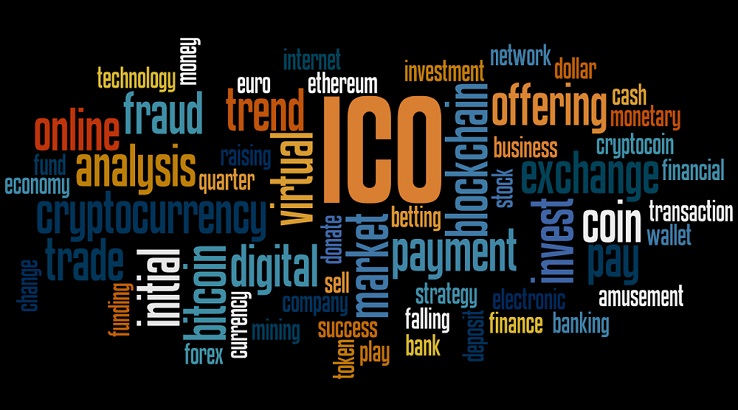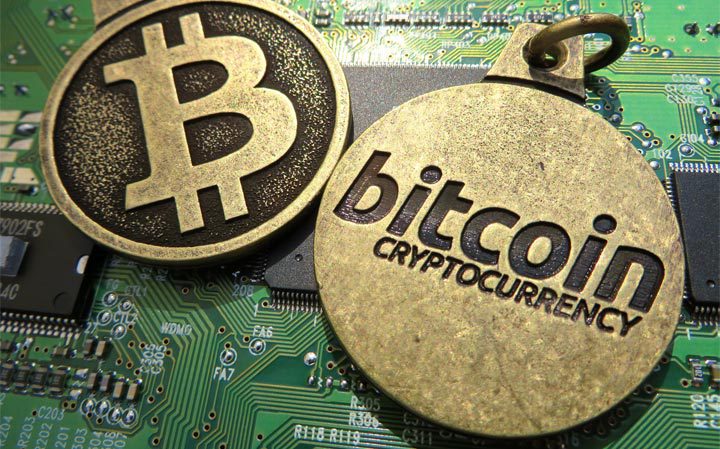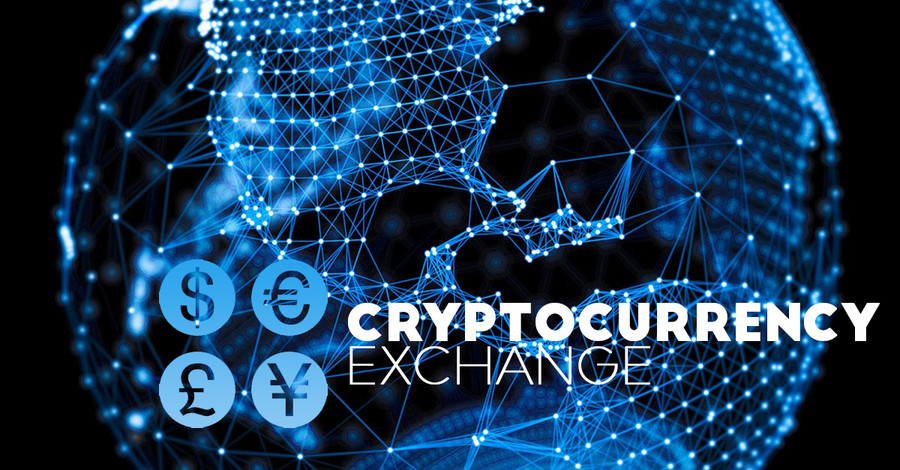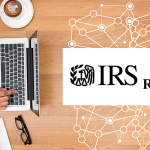Offshore Security Tokens in 2018
I expect the offshore security token to be the hot investment for 2018. As smaller ICOs are pushed out of the United States, the best of the best will restructure and issue their security tokens offshore. Here’s what you need to know about offshore security tokens in 2018.
First, allow me to define what I mean by an offshore security token. There are two types of tokens, a security token, and a use token.
A security token is a token issued by a company that acts like a share of stock. It gives you some level of ownership in the company and/or a right to the future earnings and profits of the business. Whether a token is a security or not is defined by the Howie Test.
A use token is a coin that doesn’t give the holder a right to the profits of the company and doesn’t act like a share of stock. A use token is meant to be used on the network.
A popular example of a utility token is the BON Token, issued during Bonpay Token Sale. The BON utility token is designed to work only in Bonpay ecosystem and product line. You use BON to pay for services on the network and it does not have any qualities usually attributed to a share of stock.
Another example of a utility token would be if UBER had issued an ICO. The UBER token would give the buyer the right to a certain number of rides or miles on the network. It would not be linked to the profits of the company.
This is all to say, a security token gives the holder an ownership right in the company while a utility token offers only certain functions inside the company’s platform. Security tokens are regulated by most governments while utility tokens are not.
When a security token is sold in the United States, it must follow all the same rules as when a stock is sold. All ICOs of security tokens in the United States must go through the same process as Initial Public Offerings.
As a result, the cost of issuing an ICO in the US has gone up exponentially. You now must spend hundreds of thousands of dollars, or even millions of dollars, to issue an ICO or IPO in the land of the free.
This cost is usually paid by early rounds of fundraising. Angel investors, venture capitalists and other early stage investors invest in the company, taking the best shares and getting the best deals. What’s left is the picked over carcass of a company which is then sold to the general public.
The purpose of the ICO was to give the people access to new and early stage companies. To allow you and I to be the venture capitalists and get in on the best deals at a very early stage. This has been taken away, and returned to the old guard by the SEC.
For more, see What SEC Regulation Means to ICOs in the United States
When a US firm doesn’t want to issue a full IPO type security token, they can do what is called a Reg D offering. This allows them to sell their tokens to “accredited investors” only. An accredited investor is someone worth at least $1,000,000, excluding the value of their primary residence, or have income at least $200,000 each year for the last two years (or $300,000 combined income if married) and have the expectation to make the same amount going forward.
However, a Reg D offering has a major downside to US investors. The accredited investor can’t sell their token for at least 1 year. While non-US investors can trade and sell as they wish, US investors must HODL. This is a huge program for multinational ICOs.
This lockup period puts US investors at a major disadvantage to foreign buyers. This is such a big problem as to make issuing a security token in the United States under Reg D nearly worthless.
As a result, most security tokens are moving offshore. They’re setting up in Cayman Islands and elsewhere. They’re being sold to non-US persons and offshore structures only. We Americans are being locked out of the ICO market.
You can still get in on these ICOs by forming an offshore structure. Most ICOs allow foreign companies owned by US persons, so long as you sign the subscription documents while out of the country.
To get in on these offerings, you can form a company in Belize, Cook Islands, or Nevis. You can also move your IRA offshore, and into an offshore IRA LLC, to buy foreign security tokens in your retirement account.
For more on IRAs, see Best IRA Investments for 2018 and Here’s how to take your IRA offshore in 6 steps.
You’ll need to do some work to find quality international ICOs. These foreign companies are prohibited from marketing in the United States. Thus, you will need to attend international conferences or get an introduction from a foreign investment advisor with whom you have a relationship.
I hope you’ve found this article on offshore security tokens for 2018 to be helpful. For more information on forming an international company or on moving your retirement account offshore, please contact us at info@premieroffshore.com or call us at (619) 483-1708.












Leave a Reply
Want to join the discussion?Feel free to contribute!